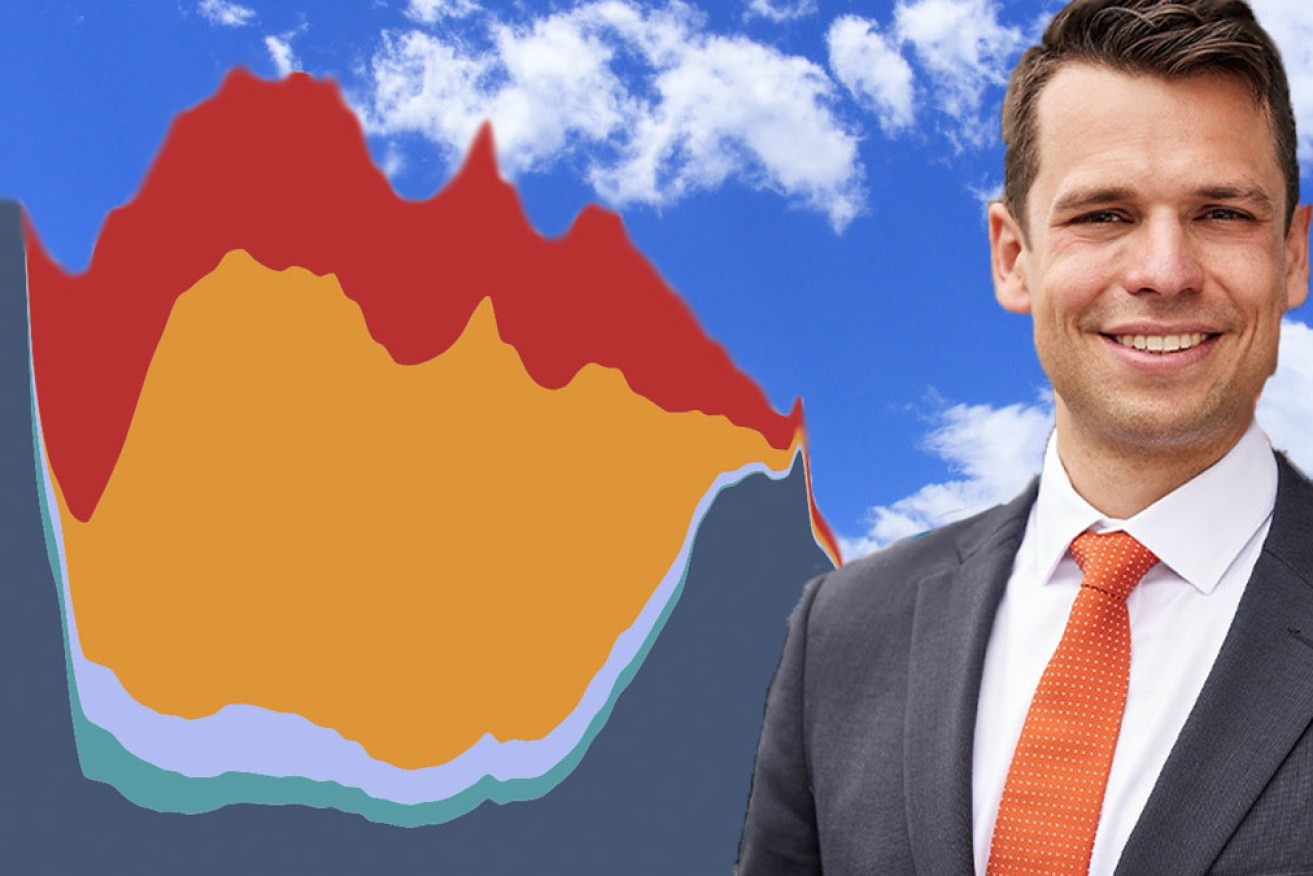The Stats Guy: Let’s dig deep into the ‘geology’ of Australia’s workforce


The 'geology' of Australia's workforce shows a need for innovation. Photo: TND/Getty
This week we are digging deep to uncover the fundamental makeup of the Australian workforce.
To do so we pretend to be geologists and take a cross section of the population chart. The data we are examining come from the 2021 Census and is exactly two years out of date by now.
Since we are talking about fundamentals, the bedrock so to speak, the lag of the data isn’t a problem.
We are beginning with the base layer of not in the labour force. This is the largest category and included 12.1 million people as of August 2021.
Everyone aged 15-and-under and 96 per cent of the population aged over 75 are included in this category. This means 48 per cent of all Australian residents are not part of the labour force.
Work? Not these folks
The common reasons that people do not partake in the labour force are being too young, being retired, being voluntary inactive, performing home or care duties (traditionally homemakers fall into this category), attending an educational institution, having health issues or a disability, providing unpaid care, being on a gap year or sabbatical, being in jail, and being a member of a contemplative religious order.
On top of our base layer, we find a sliver of only 680,000 unemployed people who make up 2.7 per cent of the population. We are not talking about the unemployment rate here but unemployed people as the share of the total population.
In case you are wondering, as of June 2023 only 504,000 people in Australia were unemployed – I explained previously why this skills shortage will stubbornly persist throughout the 2020s.
Over the unemployment layer, a slightly larger cohort classified as being away from work has settled. Just over a million people or four per cent of the population form this layer.
The Australian Bureau of Statistics (ABS) includes you into this category if you are attached to a job but aren’t currently working. You might have accepted a job offer but have not yet started work. Alternatively, you might be on workers compensation or on unpaid leave for four weeks or more.
These three first layers (shaded in blue) together make up 54 per cent of the Australian population. This is a diverse bunch of people we are talking about here, but the thing they have in common is that they are not actively adding to our national productivity.
This means the remaining 46 per cent of the country is tasked with looking not only after themselves but also the 54 per cent that are not being actively economically productive. That’s not a value judgement, and it’s normal that around half the population of a country works.
As of the 2021 Census, 7.4 million workers (64 per cent of all people currently working) were employed on a full-time basis while 4.2 million people worked part-time (36 per cent).
As Australia continues to age, we slowly shrink our working population in relative terms. This means our workers, the 46 per cent of the population who are economically productive, need to create more wealth for the nation.
How can our workers create more wealth?
Neat trick, terrible solution
One way is to work more, to work longer hours and not receive more money for it. That’s the least desirable way of increasing economic output but it’s a rather common way. What does a business do when it doesn’t have enough workers? It works its existing staff to death.
A rather simple trick, but obviously a terrible long-term solution as dissatisfied staff members simply leave the organisation.
We could encourage people who are in our base layer (not in the labour force) to enter the workforce. As I explained in an earlier column (see the second chart), we seem to almost have maxed out female workforce participation at this stage.
We might convince older workers to postpone their retirement a bit. This could be done by incentivising them or will happen automatically due to sheer economic necessity.
We could also try to push more part-time workers into full-time employment. Easier said than done even though a significant minority of part-time workers say they would like to work longer hours. The age groups where part-time work is most common are 15 to 21 and over 67.
Age wearies them
The young cohort isn’t after full employment as most work part-time during their education. The older cohort is sliding into retirement and wants to actively reduce their involvement in work. Between the ages of 27 and 54 (roughly the parenting stages of the lifecycle) less than 30 per cent of workers are employed part-time. So, there are probably not too many people we can push from part-time into full-time work.
One way for our workers to create more wealth is shifting them into economically more productive industries. In a sense we are doing this already. The most economically productive industry in Australia, that’s mining of course, always gets the workers it needs.
That’s the magic of paying a truck driver on a mining site twice the market rate. On top of shifting workers into the most economically productive industries we must finally embrace technology, AI, and automation to make Australian workers more productive (and raise their wages in the process).
I described in my column on the demographics of interest rates how Australia fell behind in global innovation ratings.
As a resource rich country, we weren’t forced over the last decades to be innovative as I mentioned in my column about Australia’s privileged double net exporter status.
Now as the plate tectonics of our national workforce slowly shift into unfavourable territory (a lower share of the population being part of the workforce), we must finally embrace innovative technologies.
A stubbornly low unemployment rate will force businesses to do so. The smart businesses of today embrace such change now before they might be crushed by geological certainties.
Demographer Simon Kuestenmacher is a co-founder of The Demographics Group. His columns, media commentary and public speaking focus on current socio-demographic trends and how these impact Australia. Follow Simon on Twitter, Facebook, LinkedIn for daily data insights in short format.








